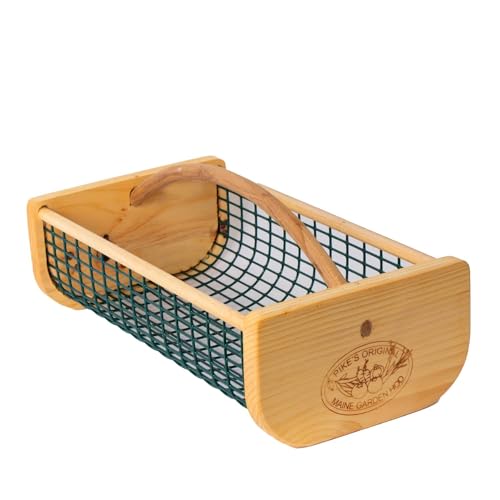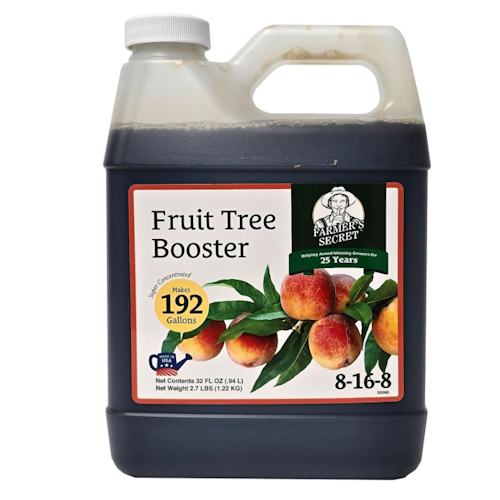Trust me, this hack to protect your figs from squirrels and birds might sound crazy, but it works – all you need is tinfoil
Covering each fig on your tree can help to get a bigger harvest of sweet, soft fruit, too
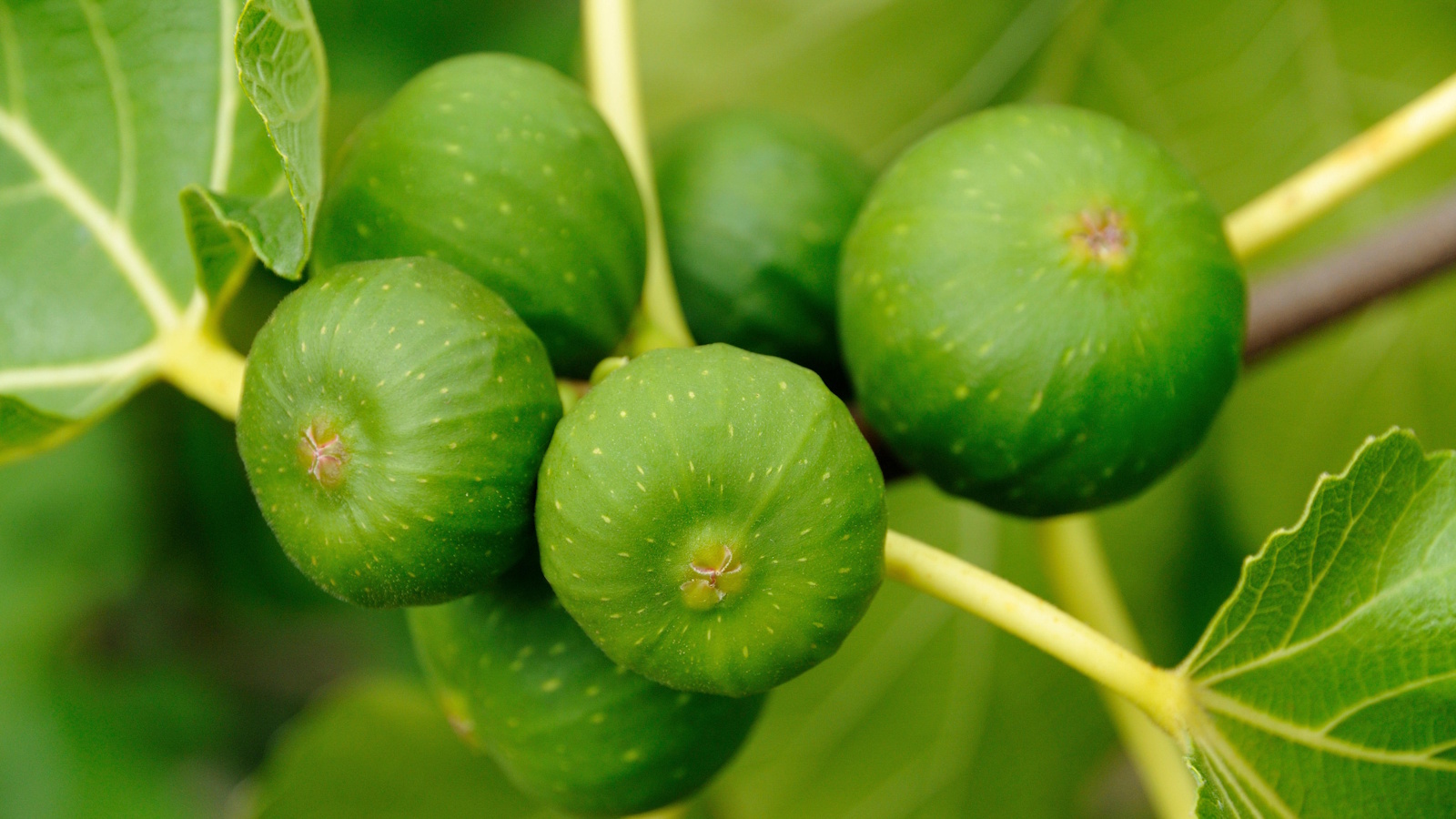

Having fruit trees in your yard is a year-round joy. But, some fruits never quite make it to our kitchens because pests get to them first. That's why I've found gardeners are turning to covering figs in tinfoil to protect them from birds and squirrels.
It's a simple hack for growing a fig tree, but one you wouldn't necessarily think to try. By putting a physical barrier in place, you can stop curious wildlife from stealing your harvest, without causing any harm to them. Not only this, but it's a trick that can aid getting a fig tree to fruit and ripen.
'It's a trick my neighbour used to do when I was a child,' says Homes & Gardens' Head of Gardens, Rachel Bull. 'The foil not only help to deter birds and squirrels, who are put off by the shiny, reflective surface, it can also help to ripen figs in colder regions,' she adds. Here, Rachel explains how exactly covering figs in tinfoil works, as well as the pros and cons of doing so.
How to use tinfoil to protect figs
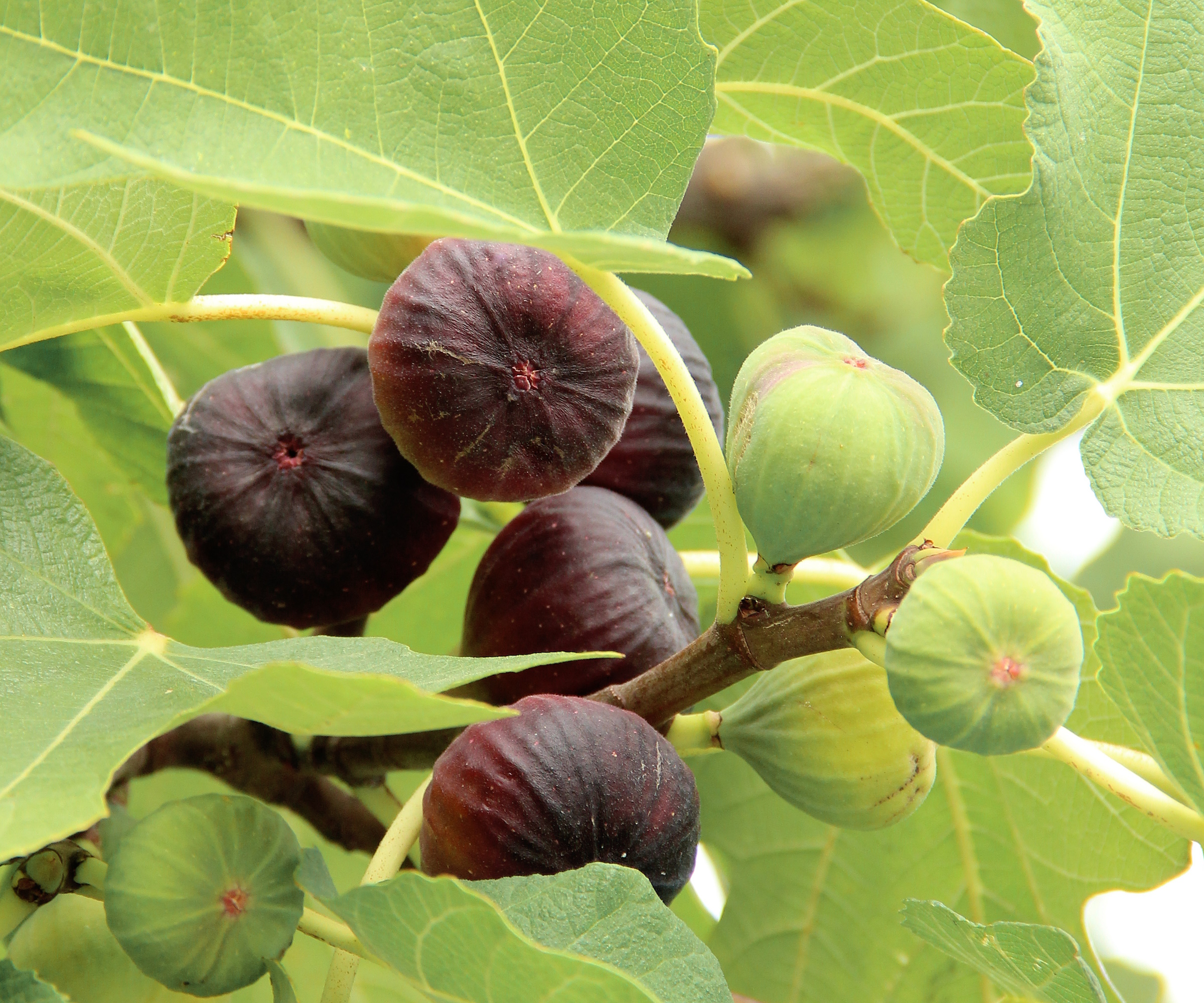
For this hack, you simply need one thing: tinfoil (from Walmart).
'My neighbor would individually wrap each fig fruit in tinfoil to protect his harvest. It might sound painstaking, but it can be really useful, especially if you have a smaller tree to protect,' Rachel describes.
You should cover the figs when they're large enough to be spotted by pests that can destroy plants and are ready to ripen. Signs your figs are at this stage include the fruit starting to change color and soften, when they're most susceptible to being eaten by birds and squirrels.
'There are two things I remember my neighbour telling me. First, double up your foil and then wrap it very securely around the fruit, as birds and squirrels are clever and persistent,' Rachel advises.
Design expertise in your inbox – from inspiring decorating ideas and beautiful celebrity homes to practical gardening advice and shopping round-ups.
'Secondly, always poke a few very small holes through the foil sheet first, as this will help a little bit of airflow to get to the fruits and will stop them from rotting before they are ready to pick,' she adds.
You can poke holes in the foil using cocktail sticks, toothpicks (from Amazon), or even a fork. Failing to provide this access to air is a fig growing mistake that could leave you with mushy, rotten fruit.
At the same time as keeping squirrels away from fruit trees, covering figs in tinfoil will also help ripen the fruit. This is because it traps in heat, creating a greenhouse effect and encouraging figs to sweeten and soften more quickly – a particular benefit if you live in a cooler region where your figs are struggling to get enough warmth to ripen.

Rachel is a gardening editor, floral designer, flower grower and gardener. Her journalism career began on Country Living magazine, sparking a love of container gardening and wild planting. After more than a decade writing for and editing a range of consumer, business and special interest titles, Rachel became editor of floral art magazine The Flower Arranger. She then trained and worked professionally as a floral designer. She joined the Homes & Gardens team in 2023, where she heads up the Gardens section, and presents the weekly social series Petals & Roots.
Disadvantages of this method
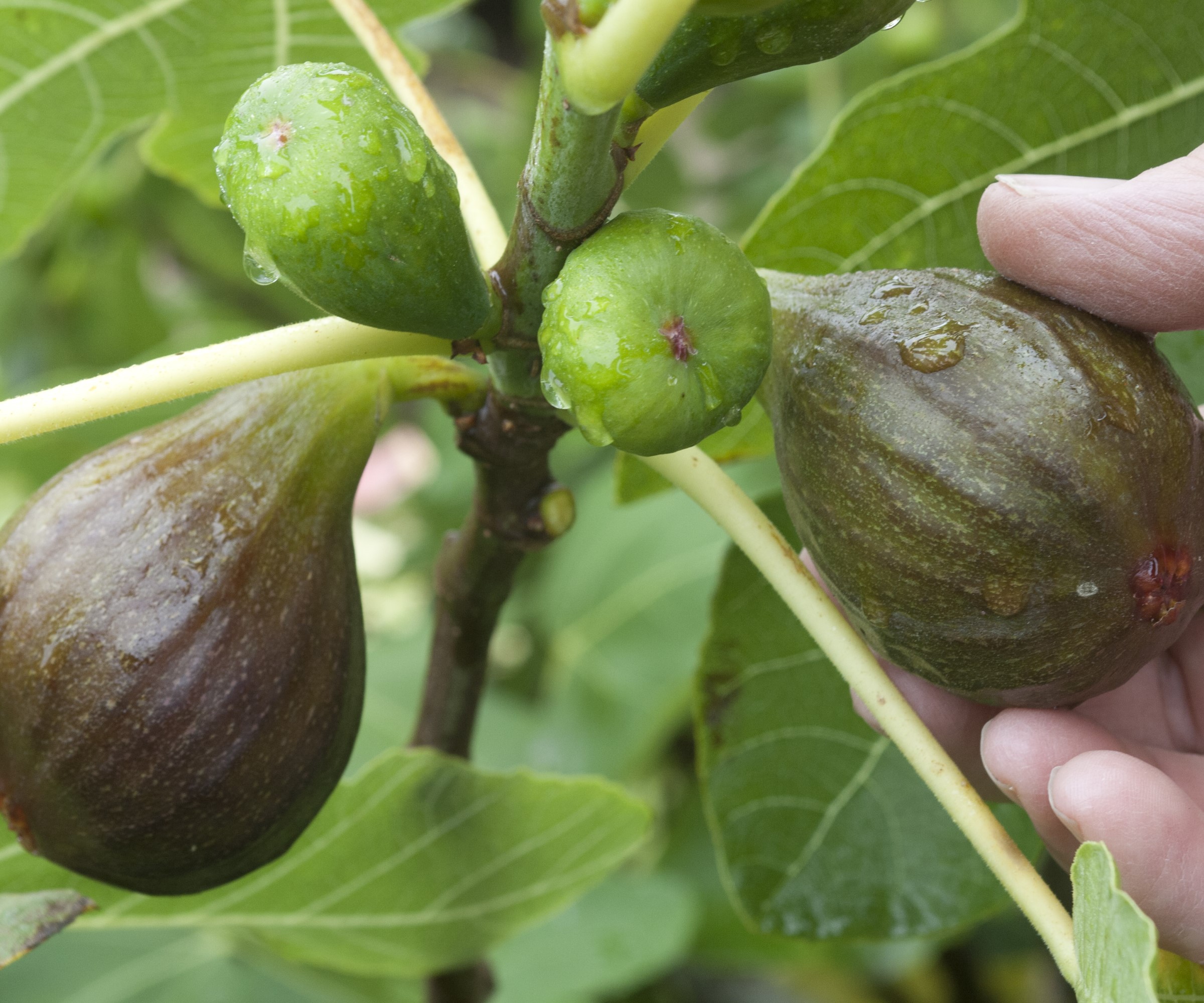
Of course, there are some downsides to covering figs in tinfoil that you should be aware of.
The first being it can be unsightly among your fruit trees to have lots of shiny balls of tinfoil. Although, this isn't necessarily an issue if you're prioritizing a bumper harvest over garden aesthetics.
Something else to be aware of is the tinfoil trapping in excess moisture. This can lead to rotting before the fruit is ready to be eaten, which is why Rachel emphasises poking holes in the foil for airflow.
This trick is also time-consuming, as it requires each and every fig to be covered. But, as Rachel notes, 'If you lose your figs every year to hungry wildlife, it might just be worth giving it a go.'
FAQs
Do you leave the tinfoil on until you harvest the figs?
If you are covering figs in tinfoil to protect them from pest damage, then yes, it's most effective to leave the tinfoil in place until the fruit is harvested. Doing so will ensure birds, squirrels, and other wildlife don't get to your figs before they are ripe and ready for eating.
This trick works for a range of other soft fruits, too. For example, you can use tinfoil to protect pear trees and plum trees.
Once your figs have been safely harvested, don't forget to also winterize your fig tree to keep it healthy over the colder months and ready to start again next year.
Shop fig growing accessories

It's important to prune your fig tree in early spring, ahead of new growth. These loppers can help make clean cuts, helping you to maintain a healthy plant.

Tenielle is a Gardens Content Editor at Homes & Gardens. She holds a qualification in MA Magazine Journalism and has over six years of journalistic experience. Before coming to Homes & Gardens, Tenielle was in the editorial department at the Royal Horticultural Society and worked on The Garden magazine. As our in-house houseplant expert, Tenielle writes on a range of solutions to houseplant problems, as well as other 'how to' guides, inspiring garden projects, and the latest gardening news. When she isn't writing, Tenielle can be found propagating her ever-growing collection of indoor plants, helping others overcome common houseplant pests and diseases, volunteering at a local gardening club, and attending gardening workshops, like a composting masterclass.
You must confirm your public display name before commenting
Please logout and then login again, you will then be prompted to enter your display name.
